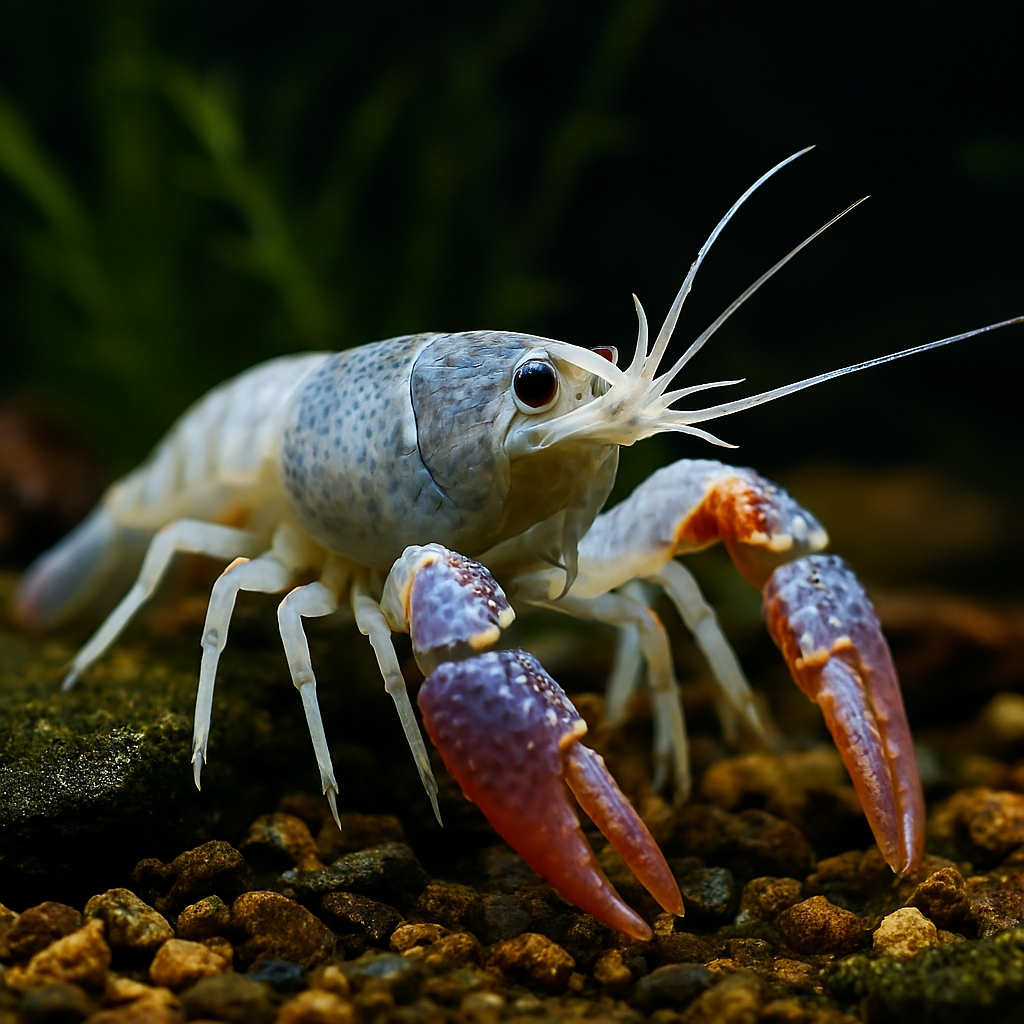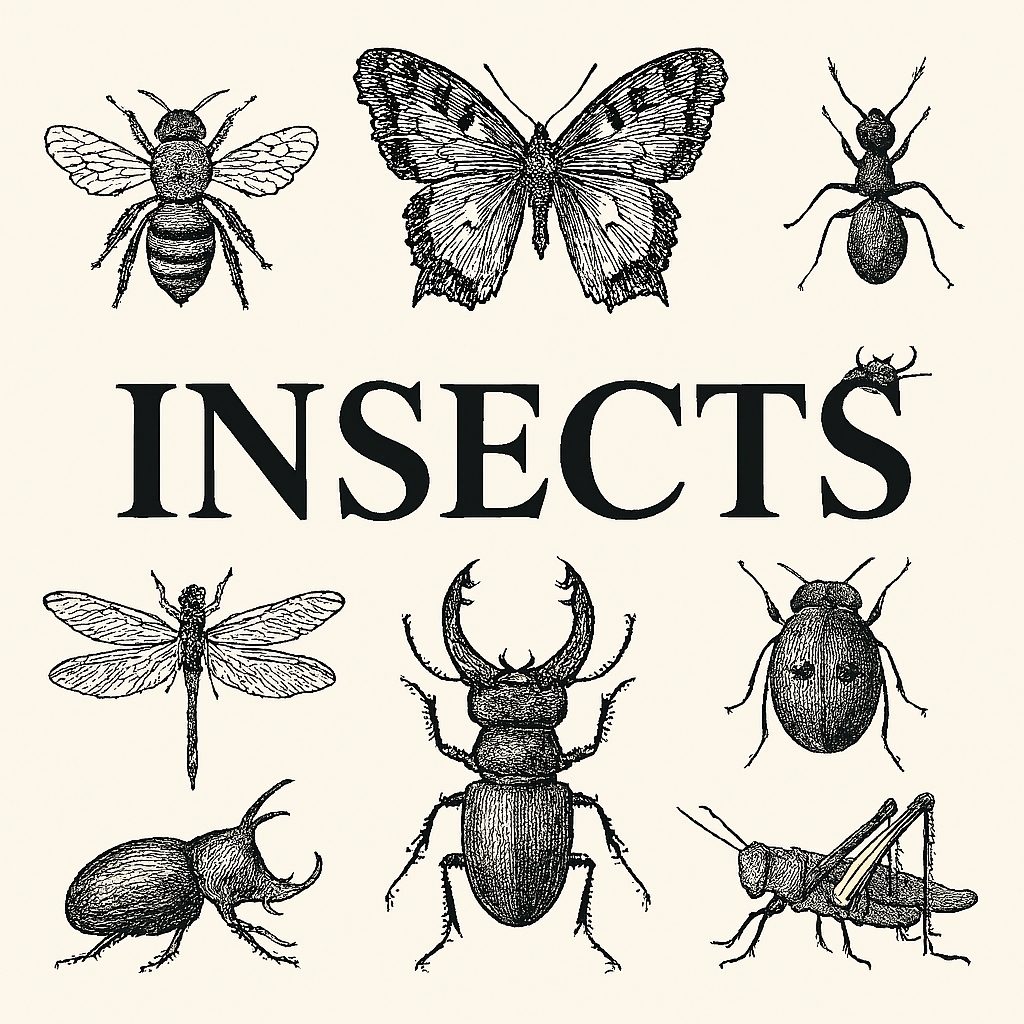Spanish Moss AKA Tillandsia Usneoides
Spanish Moss Ecology is a weird and wonderful idea as this plant grows mostly from air.
Spanish Moss, or Tillandsia usneoides, is a fascinating plant that drapes the trees of humid regions, creating an ethereal, haunting beauty. But beyond its aesthetic appeal, Spanish Moss plays a significant role in the ecology of the areas it inhabits.
A Haven for Wildlife
Spanish Moss is not just an ethereal beauty gracing the trees; it’s also a vital resource for many animals. Here’s why animals are attracted to Spanish Moss:
A Shelter in the Sky
Spanish Moss provides a safe haven for many small creatures. Its dense growth forms a protective shield against harsh weather conditions, offering shelter from rain, wind, and cold temperatures. Insects, spiders, and even some species of bats find refuge in the thickets of Spanish Moss.
Nesting Material
Birds find Spanish Moss particularly useful. Species like yellow-throated warblers, northern parulas, and orchard orioles build their nests in clumps of Spanish Moss. The soft, clumpy material of the moss is ideal for nest construction, providing both comfort and safety for bird eggs and chicks.
A Microhabitat
The dense growth of Spanish Moss creates a microhabitat teeming with life. It provides cover for insects and small animals, offering them a place to live and breed. This contributes to the biodiversity of the area, making Spanish Moss a crucial component of the ecosystem.

Spanish Moss Tree Ecology
Indicator of Clean Air
Interestingly, Spanish Moss can also serve as an indicator of air quality. It’s sensitive to air pollution, especially sulfur dioxide. So, if Spanish Moss is growing well, it’s a good sign that the air quality in the area is relatively clean, making it a safer environment for animals.
A Unique Epiphyte
Spanish Moss is an epiphyte, meaning it grows on other plants but does not take nutrients from them. Instead, it absorbs water and nutrients from the air and rain. This unique lifestyle allows Spanish Moss to thrive without harming its host tree, making it a benign presence in the ecosystem.
Spanish Moss Ecology Is A Biodiversity Booster
Spanish Moss provides habitat and food for a variety of creatures. Birds often use the moss to build nests, while insects and spiders find shelter among its tangles. Some species of bats even roost in large clumps of the moss. This boosts local biodiversity, as the moss becomes a microhabitat teeming with life.

Spanish Moss Ecology
Nutrient Recycler
When Spanish Moss dies and falls to the ground, it decomposes and returns nutrients to the soil, acting as a natural fertilizer. This nutrient recycling helps to enrich the soil and promote the growth of other plants.
Climate Regulator
Spanish Moss can also play a role in climate regulation. By absorbing water, it can help to moderate humidity levels in the local environment. Additionally, like all plants, it absorbs carbon dioxide and releases oxygen, contributing to the global carbon cycle.
A Delicate Balance
While Spanish Moss is generally beneficial, it can become problematic if it grows too densely, as it may block sunlight from reaching the leaves of its host tree. However, healthy trees can usually tolerate a moderate covering of moss.
Decoding the Environment through Spanish Moss
The presence of Spanish Moss in an environment can reveal a lot about its characteristics. Here’s what we can infer from an environment that naturally supports the growth of Spanish Moss.

Spanish Moss Nutrient Collector
A Warm and Humid Climate
Spanish Moss is a plant that thrives in warm and humid conditions. If you see Spanish Moss growing naturally, it’s a clear indication that the environment has a high level of humidity and relatively warm temperatures throughout the year.
Proximity to Water Bodies
Spanish Moss is often found in areas close to water bodies such as swamps, marshes, or rivers. The presence of Spanish Moss suggests that the environment is likely to have a good amount of moisture in the air, which is a characteristic feature of regions near water bodies.
Light and Air Circulation
Spanish Moss prefers environments with good air circulation and filtered sunlight. It doesn’t do well in areas with stagnant air or direct, harsh sunlight. Therefore, an environment with Spanish Moss is likely to have a good mix of shade and sunlight, and a breeze or wind that allows for air movement.
Indicator of Air Quality
Interestingly, Spanish Moss can also serve as an indicator of air quality. It’s sensitive to air pollution, especially sulfur dioxide. So, if Spanish Moss is growing well, it’s a good sign that the air quality in the area is relatively clean.
Conclusion
Spanish Moss, a seemingly simple plant, plays a complex and vital role in the ecosystems it inhabits. Its presence is a testament to the warm, humid climate and proximity to water bodies. It enhances biodiversity by providing shelter and food for a variety of creatures, from insects to birds, and even bats.
The moss also contributes to the health of its environment through nutrient recycling and climate regulation. However, like any organism, it must maintain a balance with its surroundings to prevent potential harm to its host trees.
In essence, Spanish Moss is not just a plant, it’s an ecological symphony, each note contributing to the harmony of the environment. Its ethereal beauty is a visual reminder of the intricate, interconnected web of life that it supports. So, the next time you see a tree adorned with Spanish Moss, remember the vital ecological role it plays and the stories it tells about its environment.
Join the Discussion
We hope you enjoyed our deep dive into the ecological role of Spanish Moss. Now, we’d love to hear from you!
Have you ever encountered Spanish Moss in your local environment?
What wildlife have you observed interacting with Spanish Moss?
Do you have any personal stories or observations about this fascinating plant?
How do you think climate change might affect the distribution and role of Spanish Moss in the future?
Share your Spanish Moss thoughts, experiences, and questions in the comments below. Let’s continue the conversation and deepen our understanding of the intricate relationships within our ecosystems.
Your input could provide valuable insights into the wonderful world of Spanish Moss.
#SpanishMoss #Ecology #Biodiversity #NatureLovers #Epiphytes #WildlifeHabitat #ClimateRegulation #NutrientCycling #AirQuality #Microhabitat #BirdNesting #InsectShelter #BatRoosting #SwampLife #RainforestFlora #GardenEnthusiast #PlantLife #Botany #EnvironmentalScience #Conservation #NaturePhotography #OutdoorAdventures #Hiking #Camping #Biology #Ecosystem #NatureEducation #GreenSpaces #UrbanEcology #PlantBiology

















My Air Plants Is A Love Story In The Rain - Daphne's Corner
[…] Joy of Growing Air PlantsGrowing air plants has been a journey of learning and discovery. Each species has its own unique characteristics and […]